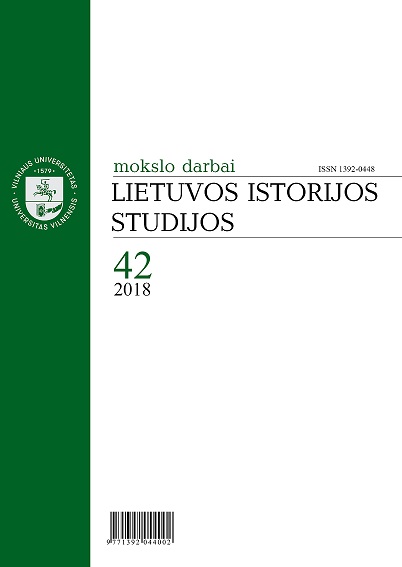Buitinio gyventojų aptarnavimo kombinatas kaip socialistinės Lietuvos buities modernizacijos elementas
The Domestic Services Center as an Element of Household Modernization in Soviet Lithuania
Author(s): Dovilė RuibytėSubject(s): Civil Society, Governance, Political history, Social history, Social development, Rural and urban sociology, Post-War period (1950 - 1989), Sociology of Politics
Published by: Vilniaus Universiteto Leidykla
Keywords: the domestic services center; household; household modernization; mikrorayon center; standardized designs; individual designs;
Summary/Abstract: The domestic services center was a new type of building created in USSR in the late 1950s. The USSR Communist party and its new party program, adopted in 1961, were the main influences of creating this new function building. The goals set in this program were the following ones: to provide Soviet citizens with domestic, cultural and social welfare and to release women from domestic concerns. To achieve these goals, the USSR Communist party was running a mass housing campaign and creating a tiered system of the adaptation of public cultural and consumer services in living areas – the so-called mikrorayons. One of the most important elements of the system was the domestic services center. It was designated for all cities in Soviet Lithuania to have a main domestic services center. The functions performed by it were to take care of the accessibility of household services to all residents in the district. Also, the domestic services center was a building that offered the highest amount of household services. In order to fulfill people’s daily needs and expand the network of consumer services, domestic services centers constantly experimented with the assortment of certain services. To attract more clients, the Ministry of Consumer Services made big efforts to create a unified visualization of consumer service facilities. Moving to the architectural part, all buildings of the tiered system of public cultural and consumer services had to be built according to standardized designs in the early period of the mass housing program. But later, in the 1970s and 1980s, they were replaced by individual designs. However, the domestic services center often used to be incorporated in the center of a mikrorayon. It had to house all the facilities residents might need on a daily basis. Individual designs of domestic services center might have architectural value, but urban value is also important. The domestic services center is an element of household modernization through urban planning in socialistic Lithuania.
Journal: Lietuvos istorijos studijos
- Issue Year: 2018
- Issue No: 42
- Page Range: 78-92
- Page Count: 15
- Language: Lithuanian

